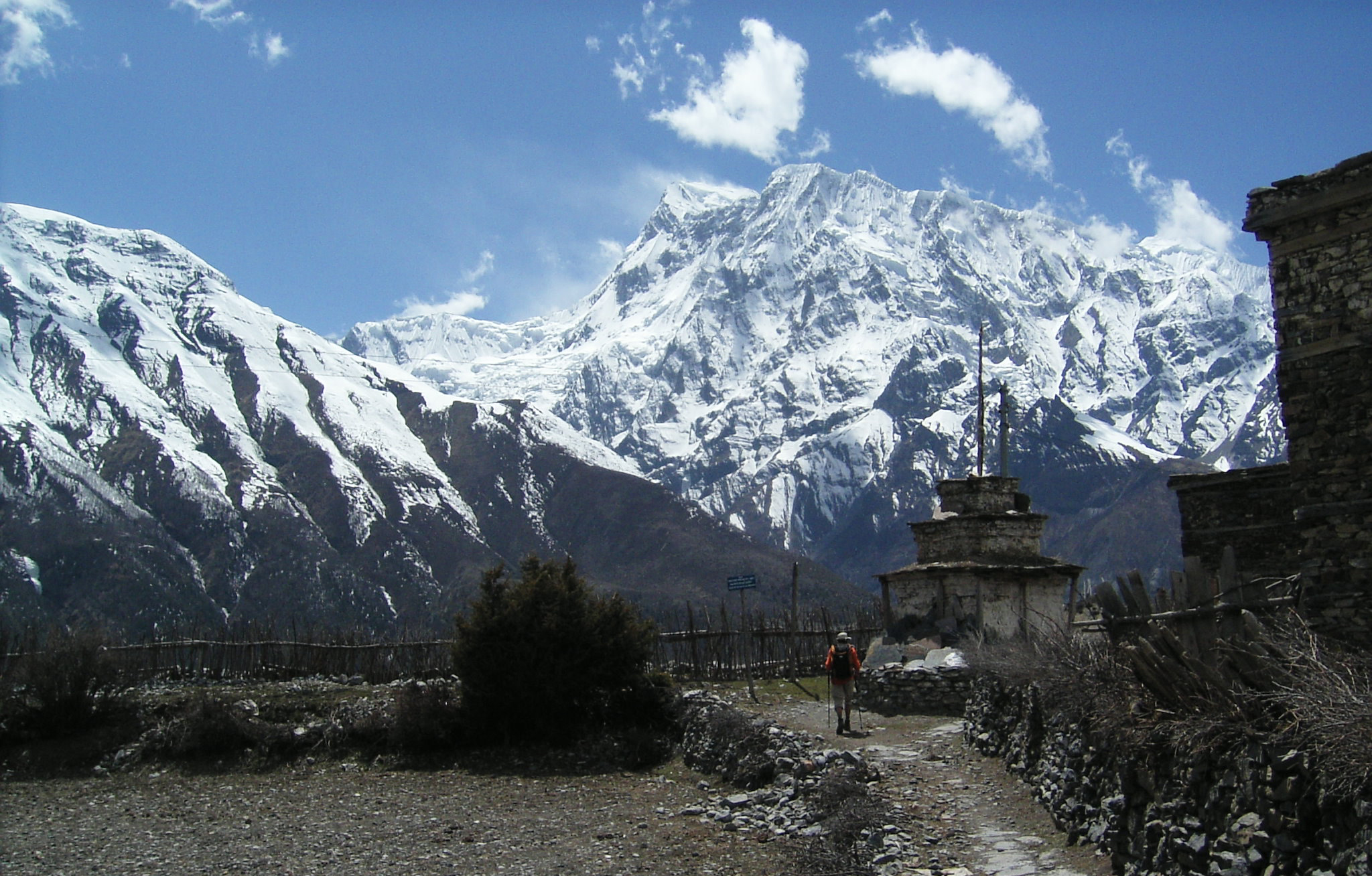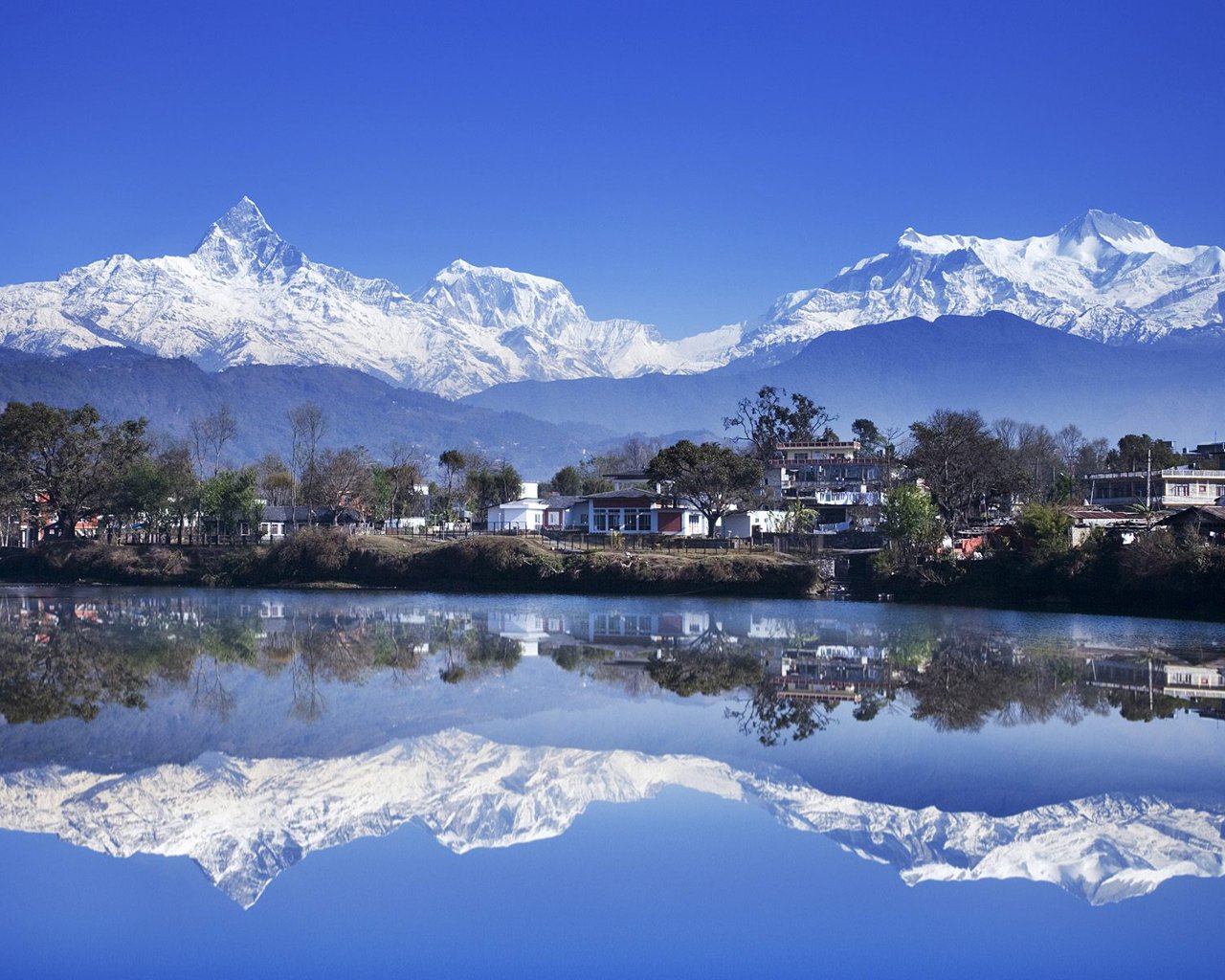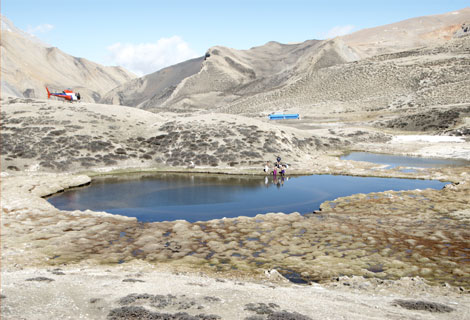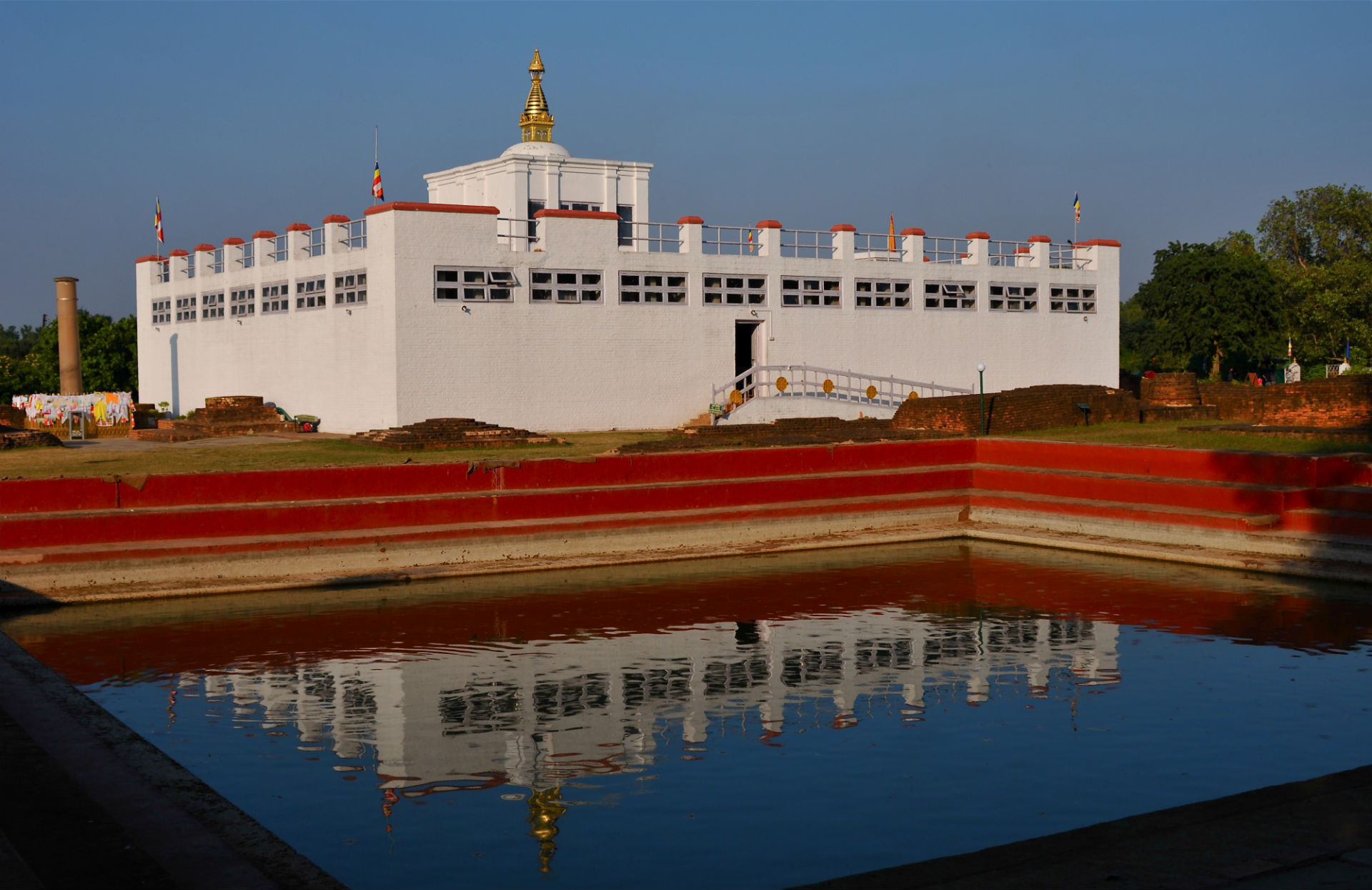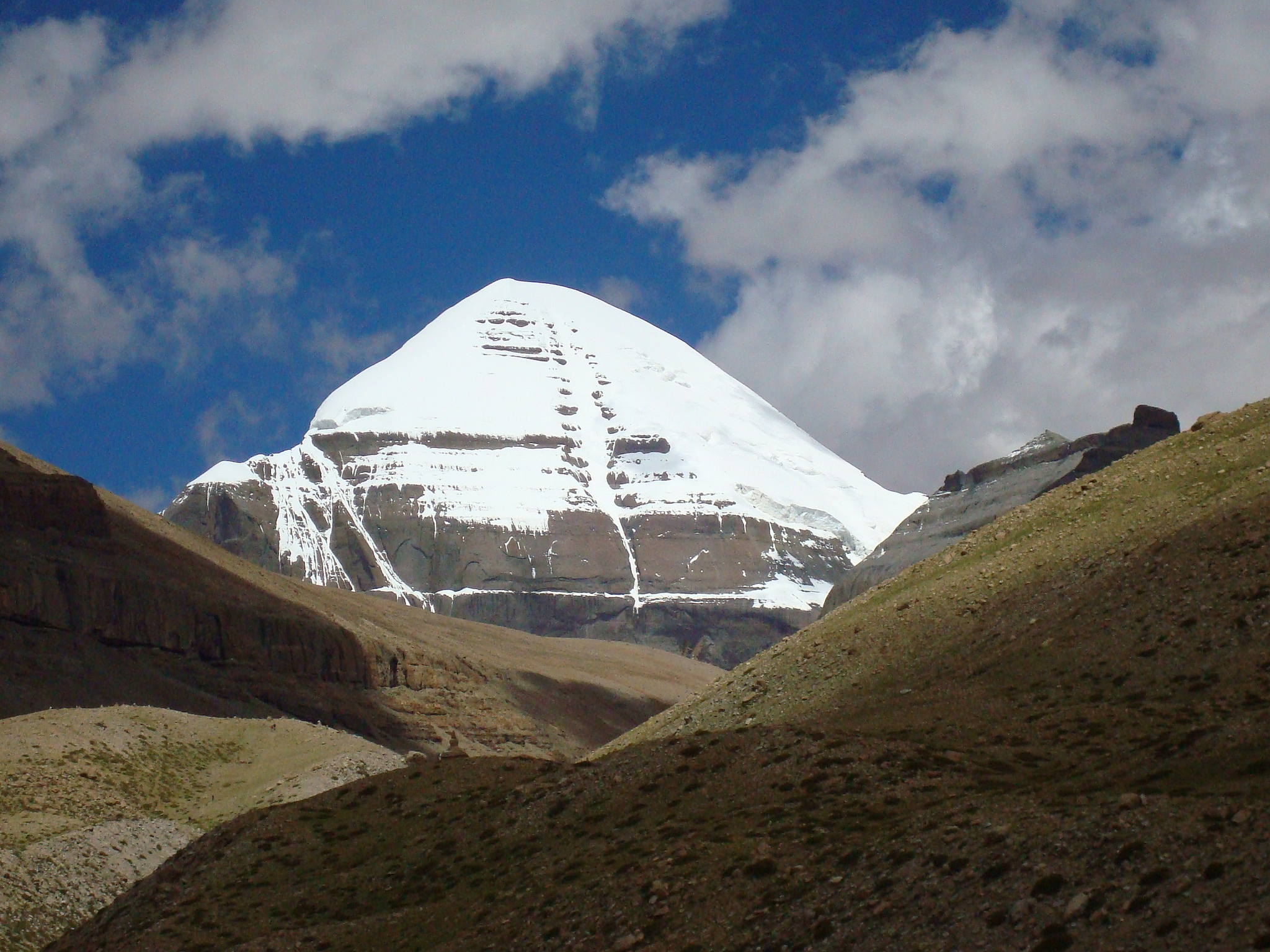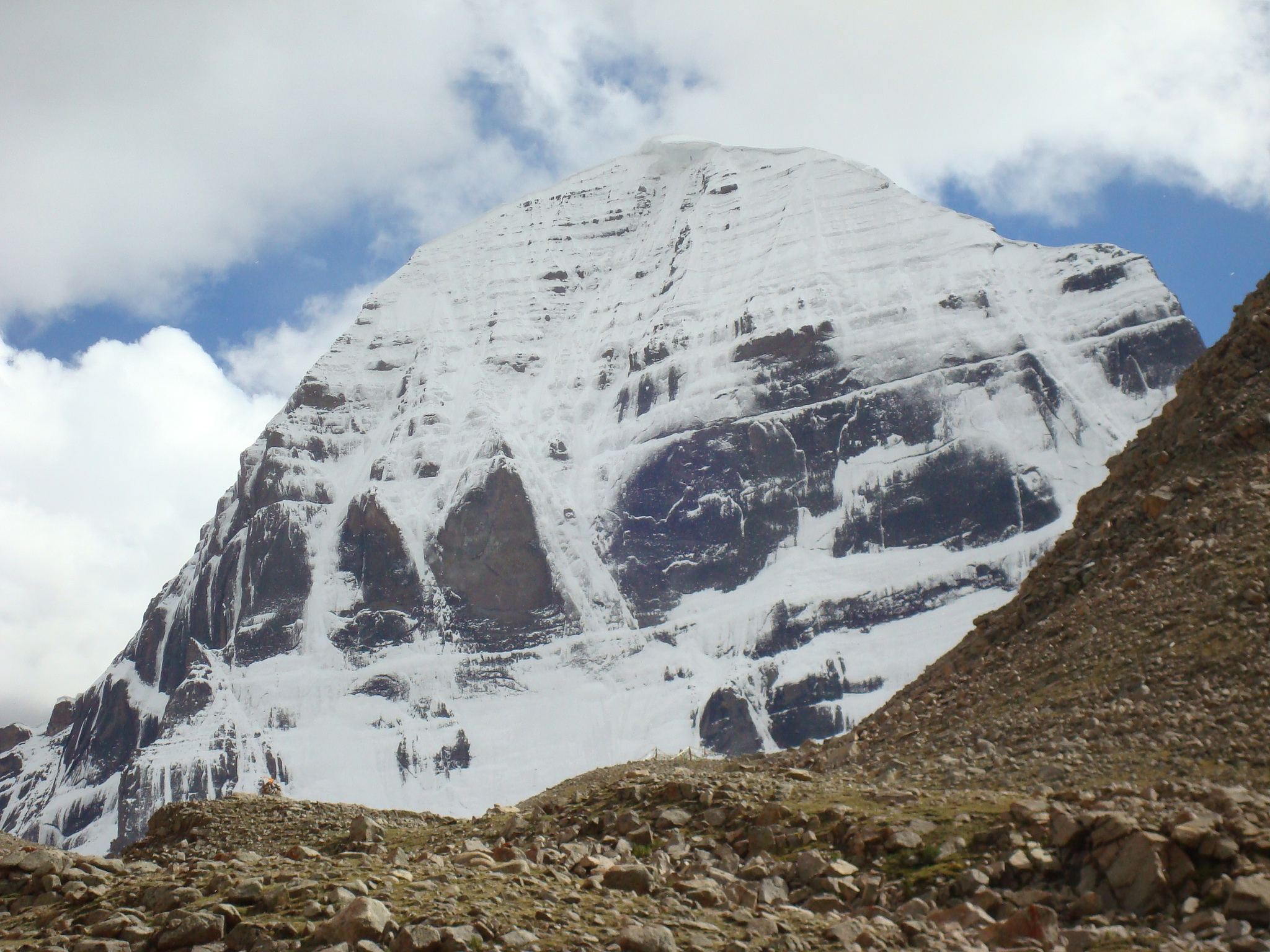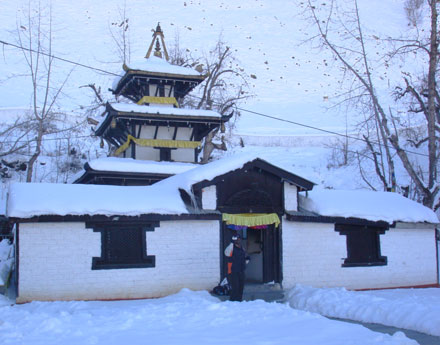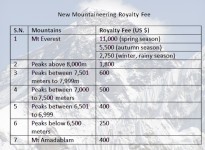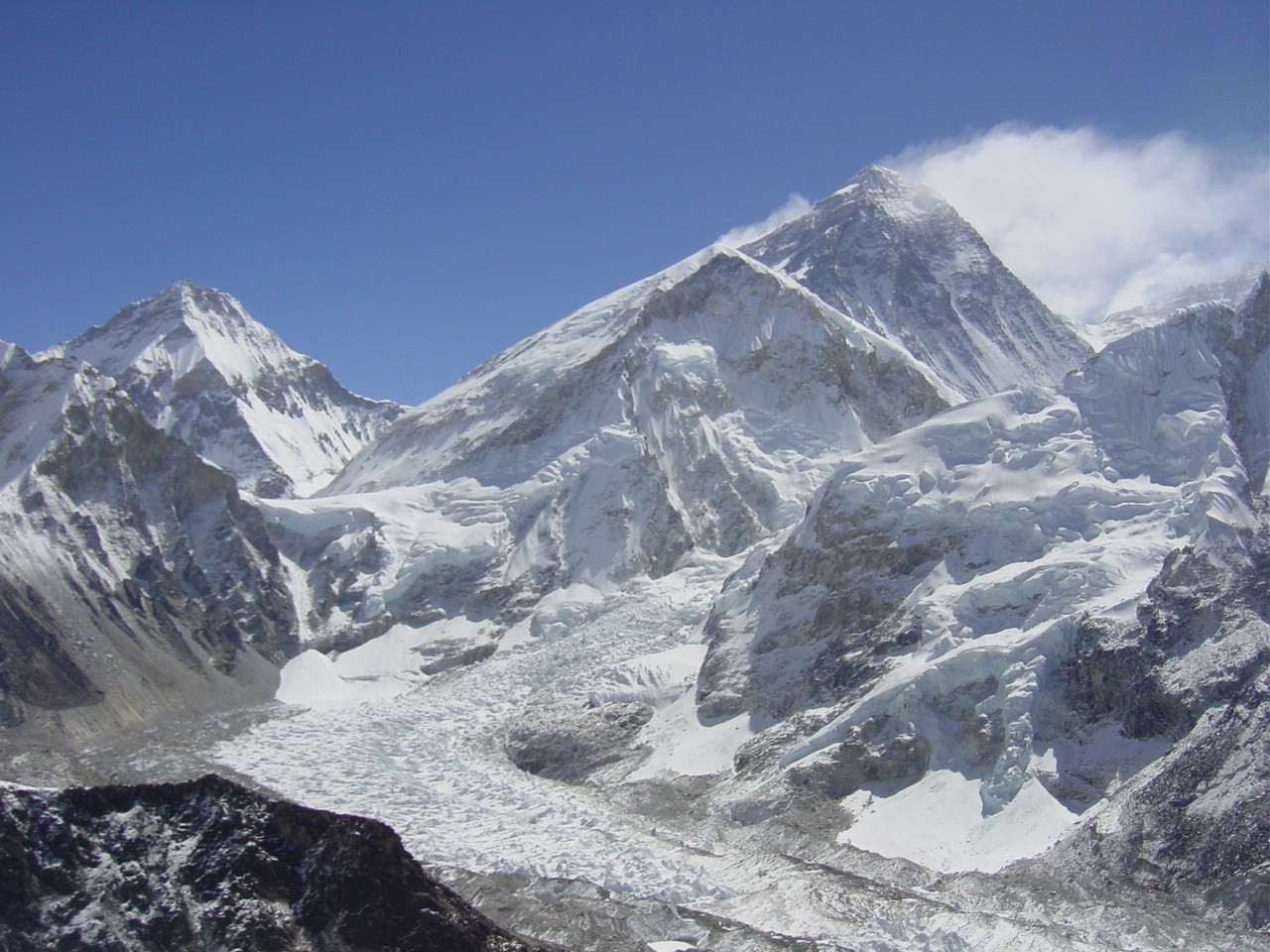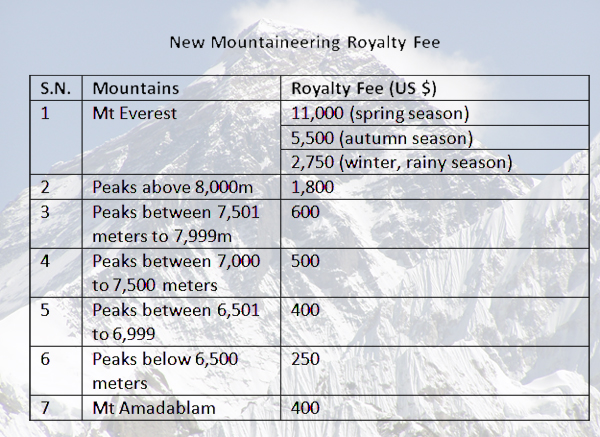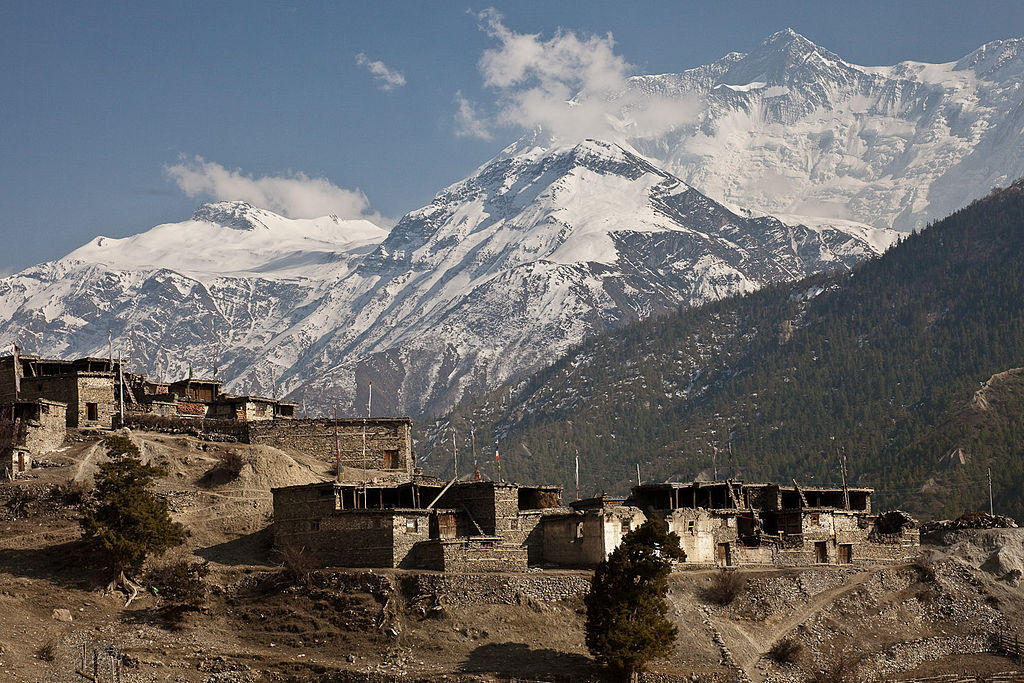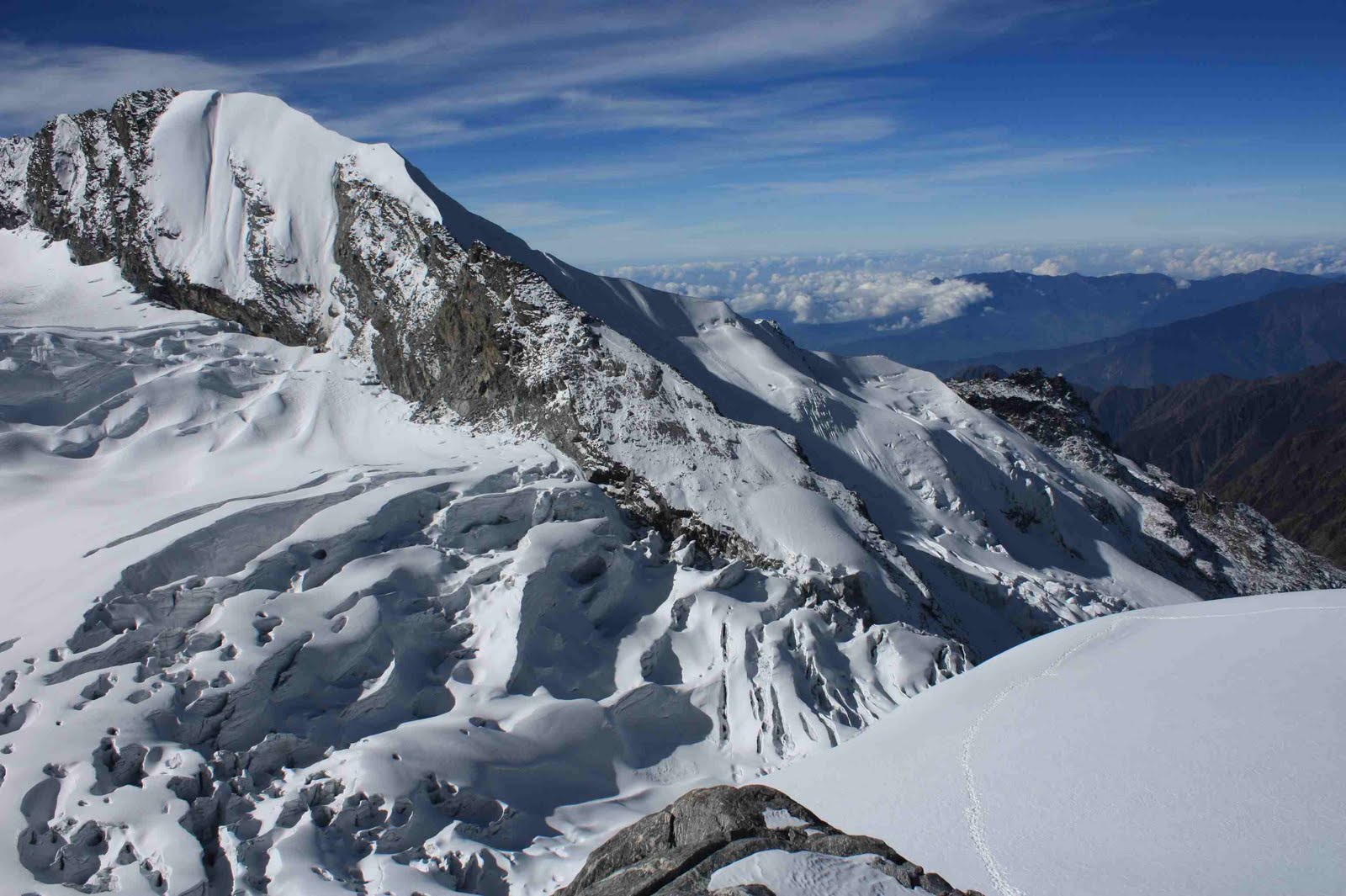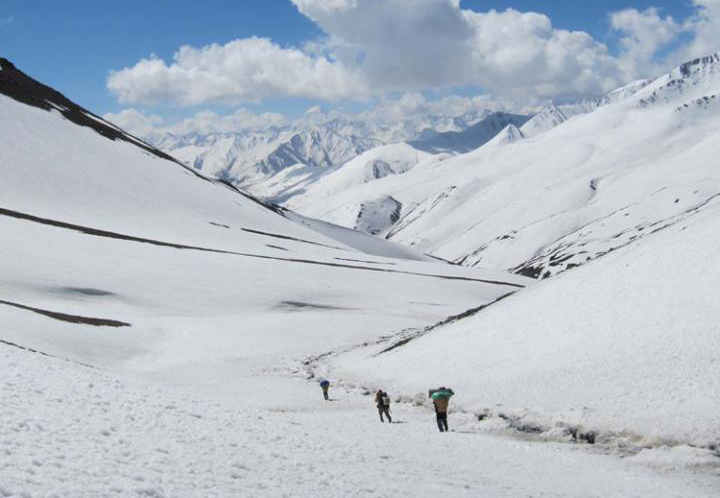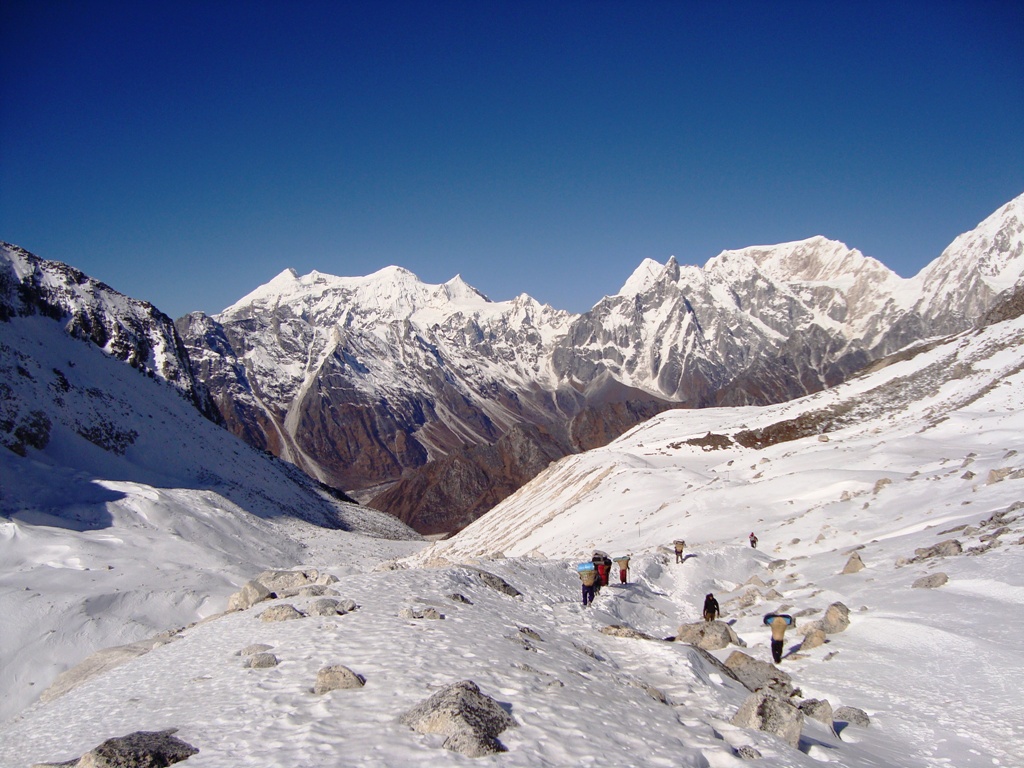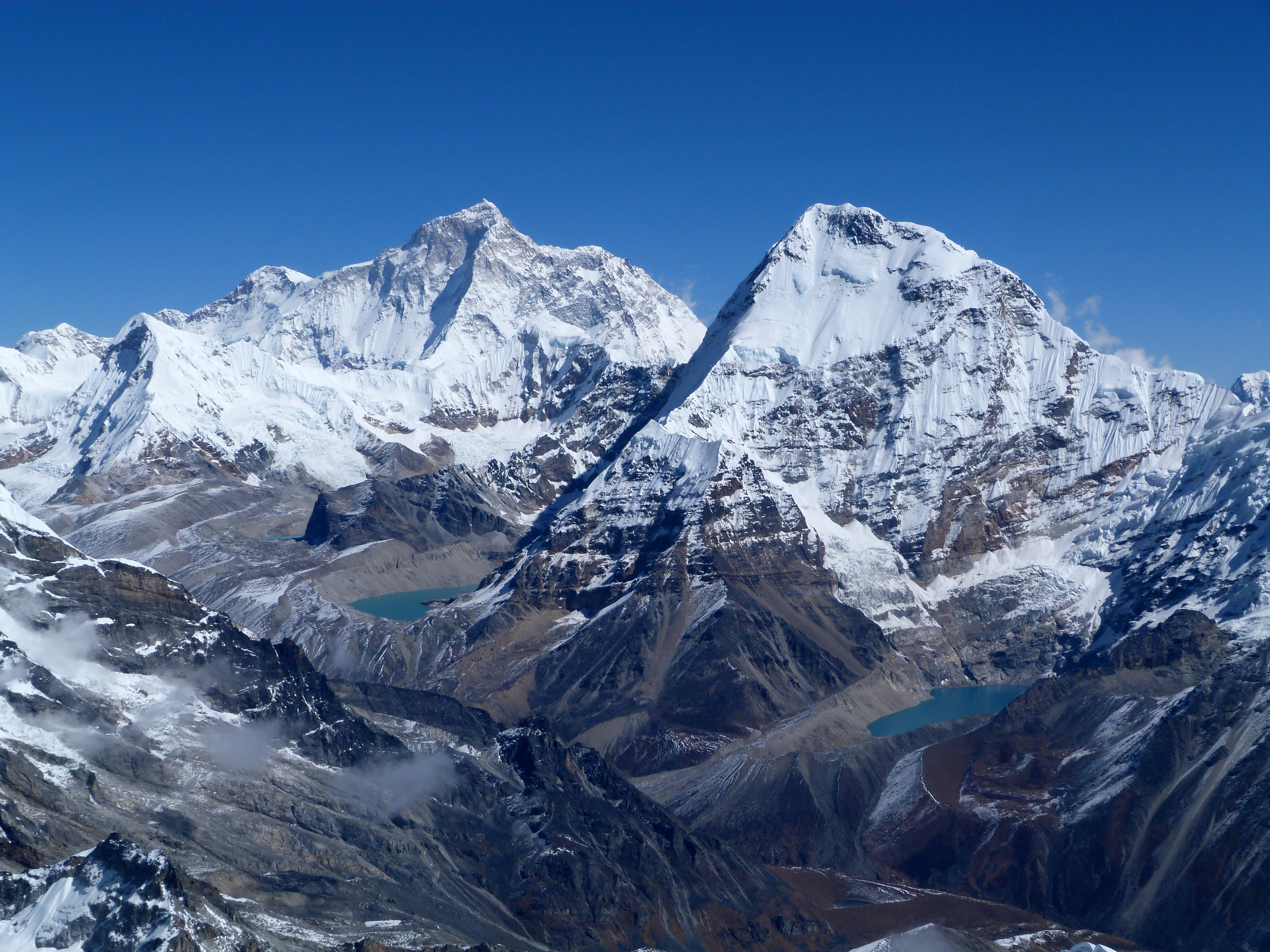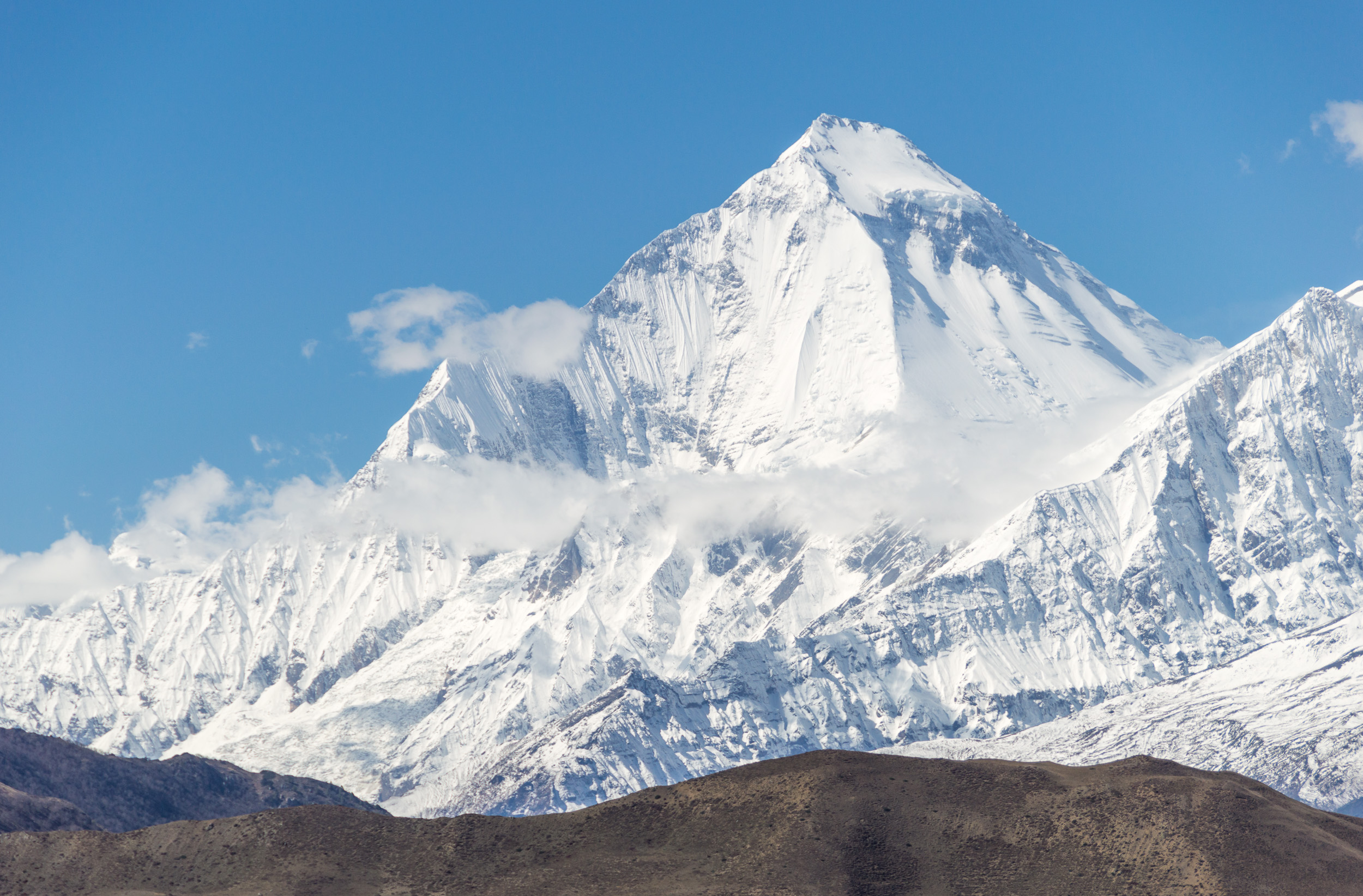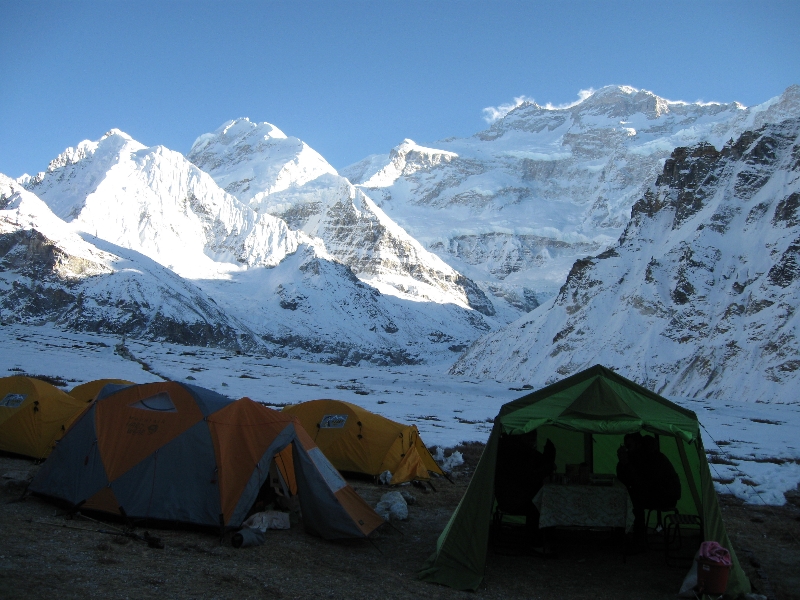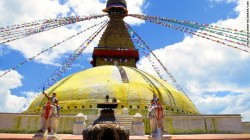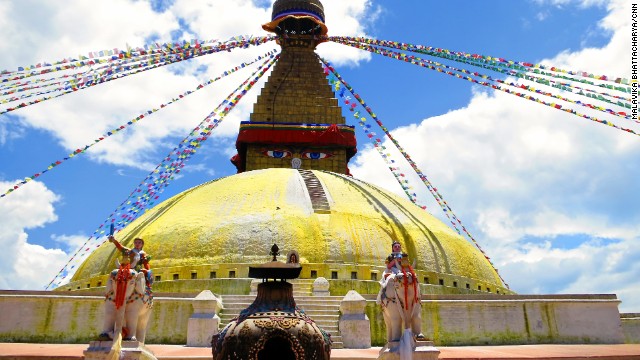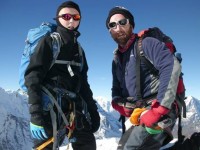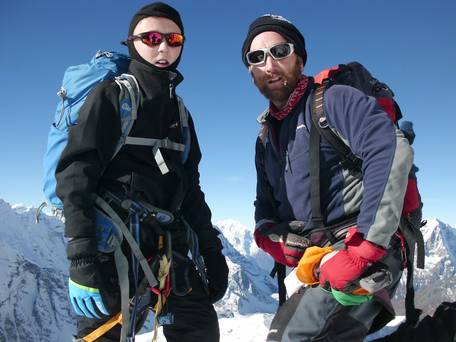You’ve dreamed of climbing Mount Everest. Many of us have, and when you think about Nepal, you usually lump the world’s tallest peak in with your thoughts. The thing is, unless you have a nice chunk of change (I’m talking about a hundred grand here) and a ton of patience (the lines to the summit are a travesty these days), you probably aren’t going to climb Sagarmatha, as the Nepalese call her, but that’s okay. There are plenty of things to do that are amazing (and safer) in this tiny Southeast Asia country just north of India, and we’re going to experience nine of them right now!
- Check Out Everest Anyway: One of the most amazing experiences you can have while visiting Nepal is, of course, to see the mountain in all of its splendor and glory. A less stressful, albeit still high-endurance, workout is an Everest first-base-camp trek, which, naturally, takes you to the mountain’s first base camp. Sound too strenuous? Go up to the peak via plane and be blown away by the fact that she is still taller than you are, even in the air!
- Tigers, and Tigers, and Tigers, Oh My!: If you’ve ever wanted to see Bengal tigers roaming naturally in their habitat, then you must visit Chitwan National Park. This UNESCO World Heritage National Park is truly one of the most amazing places in Southeast Asia. Resting at the base of the Himalayan Mountains, you’ll have breathtaking views of nature and the world’s grandest big cats as they romp and roam.
- Absorb Local Culture in Kathmandu: The Nepalese capital and largest city is Kathmandu (that’s “cat-man-doo”), and it’s really something to see. I love the energy of this city, not to mention the color and culture! There are tons of markets and bazaars in the center of the city, as well as the Royal Palace, which was built in the 14th century for, of course, the king of the country. Of particular note, however, is…
- Kathmandu’s Durbar Square: This ancient square is at the heart of Kathmandu and is where you’ll find the Royal Palace alongside many other notable structures. This area is so notable, in fact, that UNESCO has given it World Heritage status. There are several temples dedicated to various gods and goddesses and the Durbar Square Museum that explains it all in fascinating fashion. Trust me; you’ve never seen a square like this one!
- Take a Load Off in the Garden of Dreams: After you’ve hoofed it to Everest’s base camp and wandered through the glorious craziness that is Kathmandu, head over the city’s Garden of Dreams for a relaxing oasis. Inspired by the Europeans, this garden is filled with cafes and restaurants for a quick bite among the many fountains and ponds designed to calm and relax you.
- Party Like it’s the Festival of Holi: You’ve refreshed yourself in the Garden of Dreams, so now it’s time to do one of my favorite things in this country, and that is celebrate the Holi Festival. This Hindu celebration takes place toward the end of February or beginning of March, and the entire country goes crazy for a week dousing each other in one gigantic paint and water balloon fight… I’m not kidding! It’s AWESOME!
- Visit an Important Birthplace: It’s time to show reverence to another faith, and that is Buddhism. You’re in Nepal, near India, and in the Southeast Asia region where Buddhism is an extremely important part of the culture. Why not visit the birthplace of Buddha to see how it all got started? Head over to Lumbini Gardens, where Buddha was born in 623 B.C., and take in the amazing pillars and temples.
- Don’t Stop There: But wait! There’s more! Bhaktapur is one of the best-preserved medieval cities in the country and has the architecture to prove it. Whether in person or via pictures, you’ve seen plenty of European medieval castles and churches, and now, it’s time to see how the Asians did medieval in the many amazing temples you’ll find in the city’s three squares. The shrines alone will blow you away; I know they impressed me!
- Get Back to Nature: You’ll discover that nature is a primary theme in this Southeast Asia country, and one of the best places to get back to it after visiting all of the temples in Bhaktapur is going to Pokhara. This little village is only 15 minutes from Kathmandu and is the home of Phewa Lake, some snow-capped peaks, and… well… monkey forests. Yep! These little critters run wild in Pokhara and are quite entertaining in and of them.
Aside from seeing the tallest peak in the world (planes fly LOWER than she is), there are some incredible sights, sounds, and experiences in this little gem north of India. What you’re going to find in Nepal is a part of the world unlike any other, filled with wonderfully friendly people living within a unique culture. Keep in mind that this is a less-developed nation, so you’ll want to take some health and safety precautions. This should not stop you, however, from visiting this amazing, amazing country! Trust me, once you’ve crossed these nine amazing things off of your list, you won’t regret not attempting an Everest summit!
Source: Venera Travel Blog





